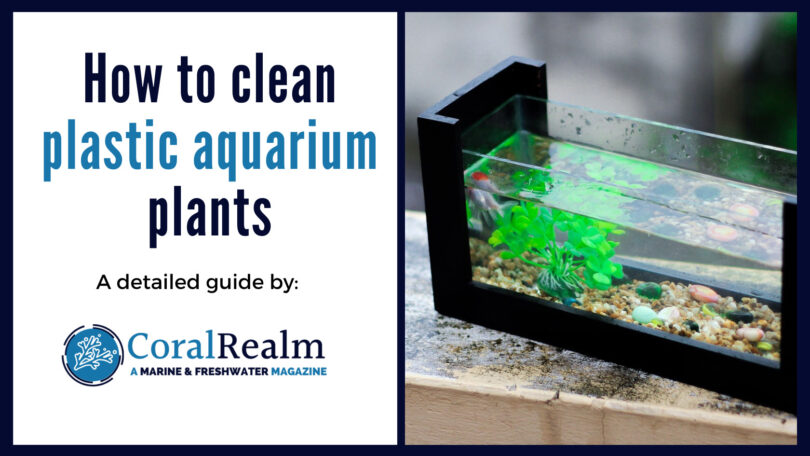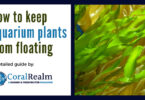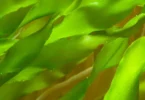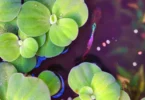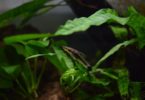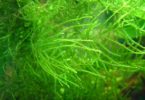Last Updated on February 13, 2023 by Jakob
Plastic aquarium plants are artificial plants made of plastic material and used in aquariums to provide a natural look and habitat for aquatic animals. These plants are designed to mimic the appearance and texture of real plants, but do not require sunlight, soil or water for survival.
Plastic aquarium plants are popular among aquarium enthusiasts because they are easy to maintain, do not decay and do not affect the water chemistry, unlike live plants. They also come in a wide variety of shapes, sizes and colors, providing a flexible option for creating an attractive and diverse aquarium environment.
However, it’s important to note that while plastic plants can provide a natural-looking environment, they do not provide the same benefits to the aquarium ecosystem as live plants. Live plants help maintain the health and balance of the water and provide oxygen and shelter for aquatic animals.
IN THIS ARTICLE
How to clean plastic aquarium plants easily
Cleaning plastic aquarium plants is an important part of maintaining a healthy and attractive aquarium environment. Here are some steps to follow for cleaning plastic aquarium plants:
- Remove the plants from the aquarium: Take out the plants from the aquarium and place them in a clean bucket or basin.
- Rinse the plants: Rinse the plants thoroughly with cool, clean water to remove any loose dirt or debris.
- Clean with a solution: Mix a solution of 1 part vinegar and 3 parts water, or a solution of aquarium-safe bleach and water. Soak the plants in the solution for 10 to 15 minutes. This will help to remove any algae or bacteria that may have accumulated on the plants.
- Rinse again: After soaking, rinse the plants thoroughly with clean water to remove any residue from the cleaning solution.
- Dry the plants: Place the plants on a clean towel or paper towel and allow them to air dry completely before placing them back into the aquarium.
It’s important to clean plastic aquarium plants regularly, as the accumulation of dirt, algae and bacteria can impact the water quality and harm the aquatic life in the aquarium.
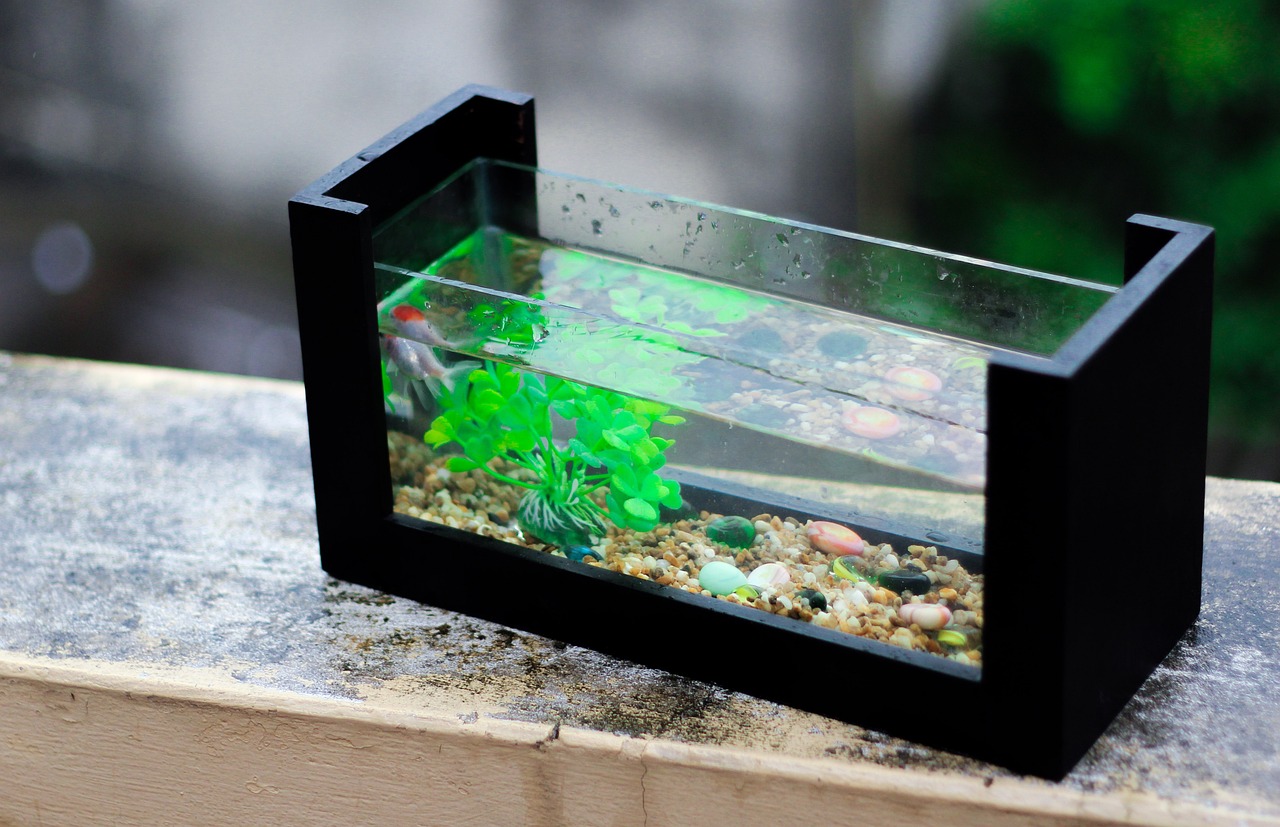
Plastic Plant advantages
There are several benefits of using plastic plants in an aquarium:
- Low maintenance: Plastic plants do not require sunlight, soil, or water for survival, so they are very low maintenance compared to live plants. They do not need to be trimmed, fertilized, or replaced, making them a convenient choice for busy aquarium enthusiasts.
- Long lasting: Plastic plants are made of durable materials and do not decay like live plants, which means they can last for many years with proper care and cleaning.
- No impact on water chemistry: Unlike live plants, plastic plants do not affect the water chemistry, pH or hardness, making them a suitable option for aquariums with delicate water conditions.
- Variety of options: Plastic plants come in a wide range of shapes, sizes, and colors, allowing for a diverse and attractive aquarium environment. This is especially helpful for those who have a specific vision for the appearance of their aquarium.
- Safe for aquatic life: Plastic plants are typically made from safe materials and do not release any toxic substances into the water. This makes them a safe and suitable option for aquariums with sensitive aquatic life.
Overall, plastic aquarium plants offer a convenient and low-maintenance option for creating an attractive and natural-looking environment in an aquarium. However, it’s important to keep in mind that while they do provide a visually appealing environment, they do not provide the same benefits to the aquarium ecosystem as live plants.
Real Plants:
You might want to consider real plants though. Plants play an important role in the nitrogen cycle and in reducing the levels of nitrites and nitrates in an aquarium. Here are the advantages of plants in relation to the nitrogen cycle, nitrites, and nitrates:
- Nitrogen removal: Plants absorb nitrates and nitrites as part of their normal metabolic processes, effectively removing these harmful compounds from the water and helping to keep water quality stable.
- Oxygen production: Through photosynthesis, plants produce oxygen, which is essential for the survival of fish and other aquatic life.
- Water clarity: Live plants help to maintain water clarity by removing excess nutrients from the water and reducing the growth of harmful algae.
- Biodiversity: Plants provide a habitat and food source for many types of aquatic life, such as snails and shrimp, increasing the biodiversity in the aquarium.
- Natural filtration: Live plants act as a natural filter, breaking down organic waste and reducing the buildup of harmful compounds in the water.
Overall, live plants play a vital role in maintaining the health and balance of an aquarium ecosystem. They help to reduce nitrates and nitrites, produce oxygen, maintain water clarity, promote biodiversity, and act as a natural filter.
Summing up – How to clean plastic aquarium plants
In conclusion, cleaning plastic aquarium plants is an important part of maintaining a healthy and attractive aquarium environment. Cleaning helps to remove dirt, algae, and bacteria that can accumulate on the plants over time and impact water quality. By following a simple cleaning process of removing the plants, rinsing, soaking in a cleaning solution, rinsing again, and air-drying, aquarium enthusiasts can ensure that their plastic plants remain in good condition for many years.
While plastic plants offer a low-maintenance and long-lasting option for creating an attractive aquarium environment, it’s important to remember that they do not provide the same benefits to the aquarium ecosystem as live plants. Live plants play a crucial role in maintaining the health and balance of an aquarium by reducing nitrates and nitrites, producing oxygen, maintaining water clarity, promoting biodiversity, and acting as a natural filter.

